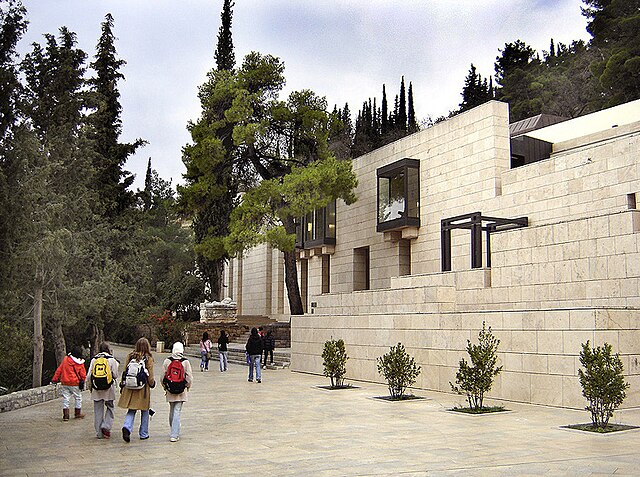Mount Parnassus is a mountain range of central Greece that is and historically has been especially valuable to the Greek nation and the earlier Greek city-states for many reasons. In peace, it offers scenic views of the countryside, being a major international recreational site, with views of mountain landscapes. Economically its rolling foothills and valleys host extensive groves of olive, a cash crop marketed world-wide since prehistory. The mountain is also the location of historical, archaeological, and other cultural sites, such as Delphi perched on the southern slopes of the mountain in a rift valley north of the Gulf of Corinth. Parnassus is laced with trails for hiking in the three warm seasons. In the winter the entire range is open to skiing, especially from the resorts of Arachova. Its melting snows are a source of municipal water to the surrounding communities. The mountain is composed of limestone, but also contains bauxite aluminum ore, which is mined and processed. In war, Parnassus has been a center of resistance if need be, providing cover and refuge to partisans.

Mount Parnassus
Entrance to the Corycian Cave
The Parnassus, c. 1509-1511, by Raphael
Painting of Mount Parnassus from Edward Dodwell's Views in Greece, 1821
Delphi, in legend previously called Pytho (Πυθώ), was an ancient sacred precinct and the seat of Pythia, the major oracle who was consulted about important decisions throughout the ancient classical world. The ancient Greeks considered the centre of the world to be in Delphi, marked by the stone monument known as the Omphalos of Delphi (navel).
The Athena temple complex, including the Delphic Tholos. The background is the Pleistos River Valley.
The polygonal wall, 1902
Archaeological Museum of Delphi, designed by Alexandros Tombazis
The reconstructed Treasury of the Athenians, built to commemorate their victory at the Battle of Marathon








